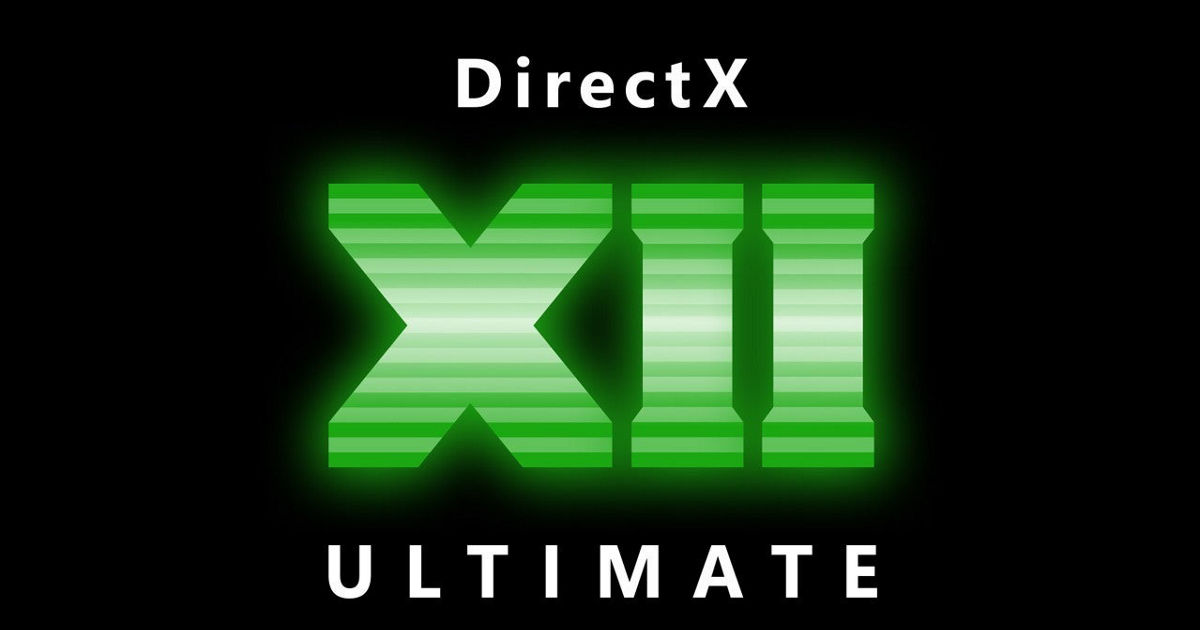AMD's Radeon Preview driver from
https://www.amd.com/en/resources/su...-notes/RN-RAD-MS-AGILITY-SDK-25-10-07-01.html
AMD Radeon™ RX 7000 and 9000 series graphics products will support:
- Advanced Shader Delivery
- Target AMD's plugin DLL directly using --plugin <Your_Path>\amdxc64.dll
- Application-Specific Driver States (PIX)
- Fence Barriers
- Limitation: "MaybeReorderThreads" does not move threads
- Tightening Placed Resource Alignment
- Tiled Resource Tier 4
AMD Radeon™ RX 9000 series graphics products will support:
RDNA 1 and RDNA 2 are missing hardware features.
NVIDIA Turing and Ampere don't have
Shader Execution Reordering i.e. it's NOP(no operation).



